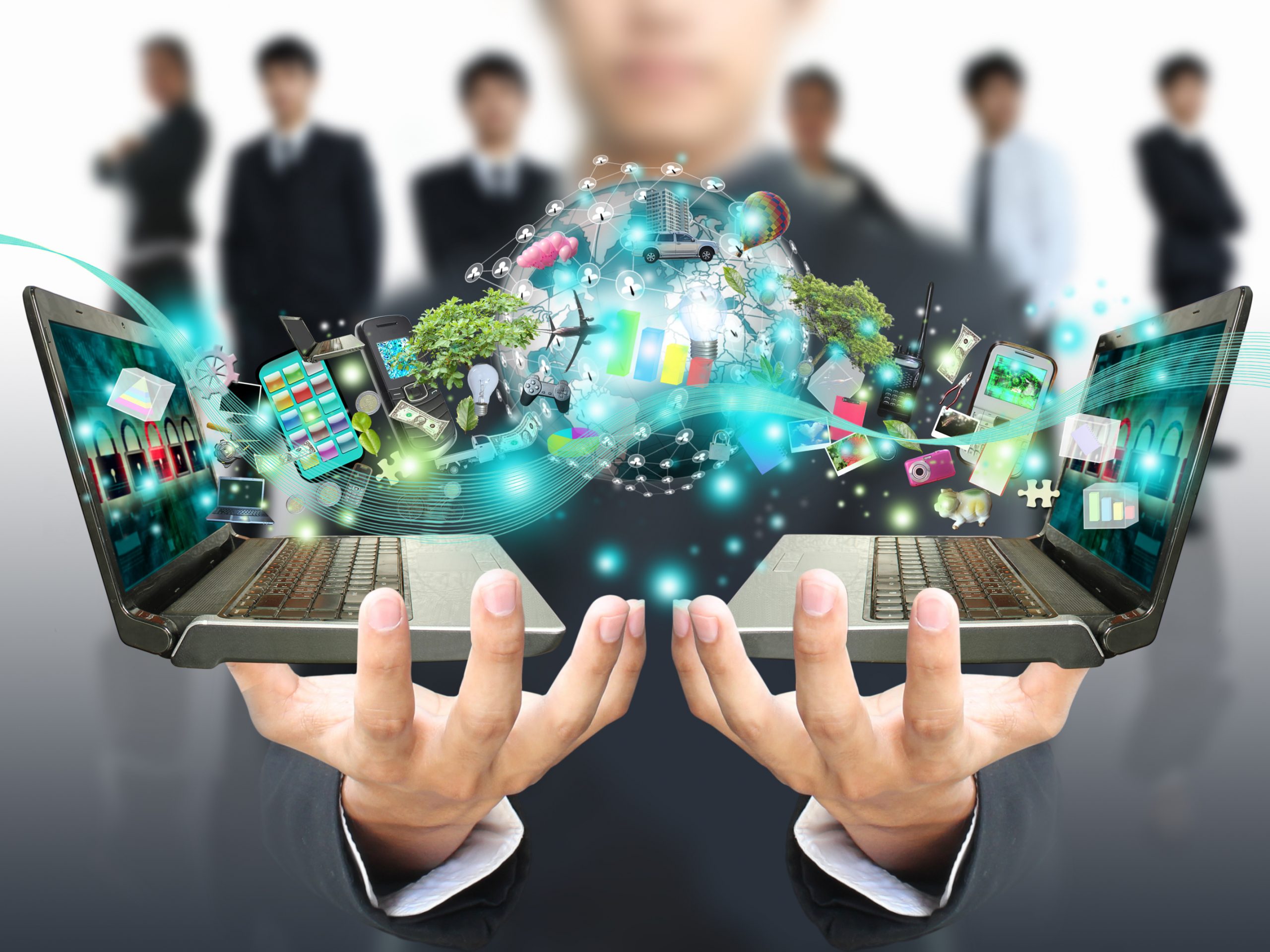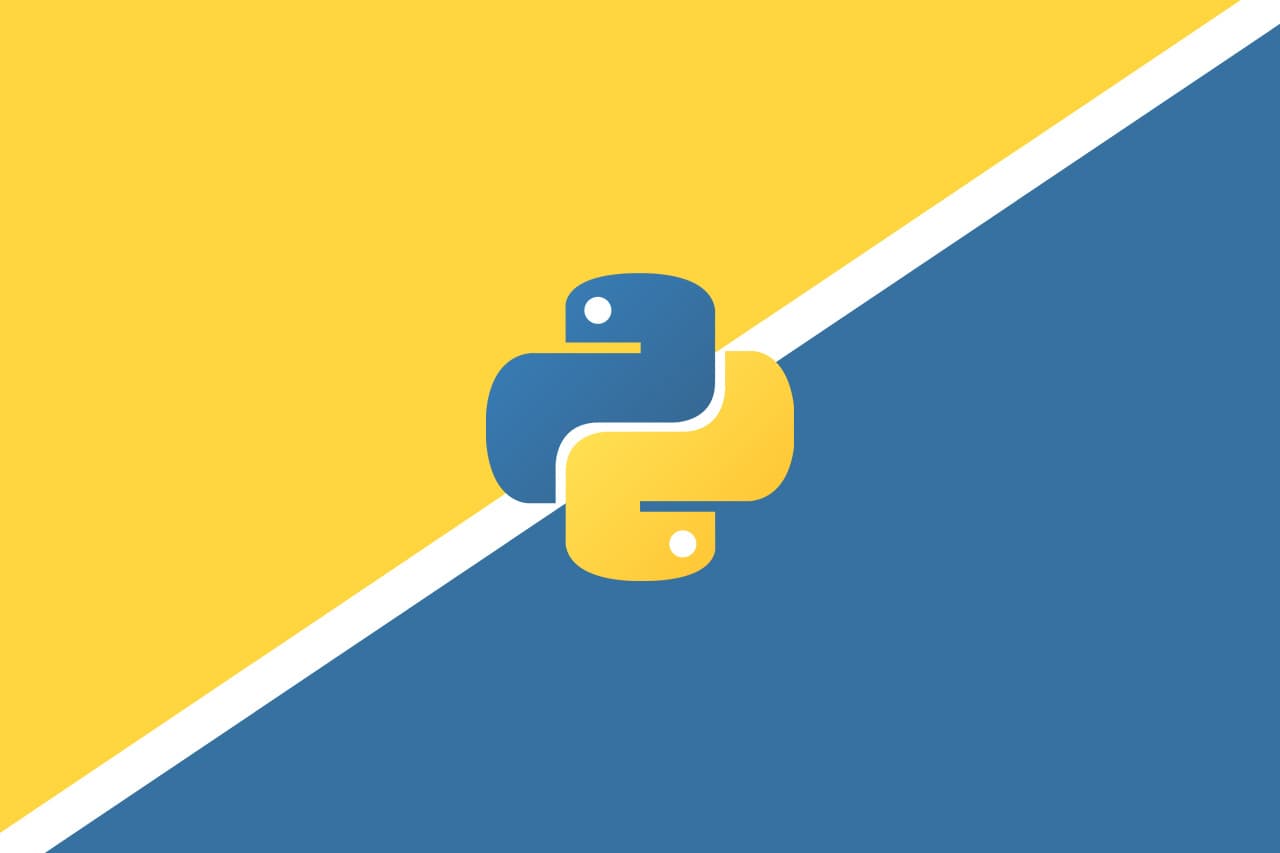Continuing to explore the future of IoT, here, we will try to unveil the common trends in several application areas of this powerful technology and examine what it will bring. Now let’s center our attention on robotics and drons, shopping, logistics as well as consumer journey, smart homes, and wearables.
Robotics and Drones
Companies, users, consumers are interested in using robots and drones for various purposes from home assistance to entertainment. I had a chance to see it by myself on one of our projects with robotic toys. Their influence on the entertainment industry is really high. The experience provided me with significant insights, proving that robots and drones are here for long and IoT is their power. Though drones are already utilized in such industries as IT and telecommunication, insurance, logistics, scientific research, film production, journalism and agriculture, IoT providers can offer much more.
Smart Homes
With safety being #1 after the convenience, sensors that keep the home safe might be of a great interest for people looking for a modern and cozy real estate. With so many different devices helping us preserve our dwelling, many of us see smoke detectors and fire alarms as must-haves for a high-end living. However, they say the most popular sensor could be a leak detection monitoring. Keeping an eye on walls and plumbing, these devices will help you staying out of trouble as well as prevent
Monitoring and Tracking
As per BI findings, IoT is to redesign the existing supply chain bringing the traditional role of third party logistics providers under a big question mark. Asset tracking are the new buzzwords here. We know about scanners used to scan the barcode of goods in stock or transit, the device used by freight forwarding and logistics companies to manage the inventory. The chances the new IoT developments will make those cease to exist are very high. And the main difference between these 2 types of technologies is the area of application in which the new solution will collect more specific insights e.g. condition and location specific data. The upgraded inventory management solution presents active and passive RFID tags. However, it is not the last brilliant development in this area, for we have near-field communication or NFC tags that allow warehouse personnel use their smartphones to acquire info about a particular item in stock. Data analytics and smart sensors will help centralize the whole asset tracking, alert on stock discrepancies as well as optimize the bigger picture of asset management.
Consumer and Wearables
With FitBit and Apple watch being our bosom friends, we expect IoT to go a step ahead of wellness and health. As per ConsumerLab’s insights by Ericsson, activity tracking devices might get closer to our skin than smartphones that we use day and night. However, this story does not end with fitness wristband and smart watches. Many people adore shopping. As you may know, it takes so much time to pick the right size even if you know the SKU of that green top you saw online. This is when precise measurements of your body could be sent from your wristband to another app that will take care of choosing the clothing online that will suit your body type. As per IoT business news findings, till today we relied heavily on smartwatches, activity and fitness trackers as well Bluetooth headset that wrecked our world. However, we expect even more from wearables. For example, we might see wearable devices that communicate by voice in the near future.
Retail
No wonder, merchants are ready to spend a fortune on Internet of Things. Increased connectivity and intelligent shopping are the added value services the retailers are after. Last year’s launch of payment ring broke the fresh ground in terms of going shopping cashless, and this time it was not about swiping the card.
Amazon Dash already took the burden off consumers’ shoulders by offering a solution that helps us quickly replenish daily essentials we often run out of, and it happens all of a sudden. With online shopping taking over the conventional style of buying things, the way our parents used to buy groceries etc, IoT is another way to reinvent the old but gold bricks-and-mortar experience. A well-known beauty brand, for example, uses the potential of digital technology to offer beauty classes along with the products it sells. Thus, customers can choose the looks their celebrity idols have and then buy the products according to their choices.
The opportunities this powerful technology is vast but has yet to play its best card opening new horizons for humanity.
25 April 2017

 Alexander Kulitski
,
Alexander Kulitski
, 



